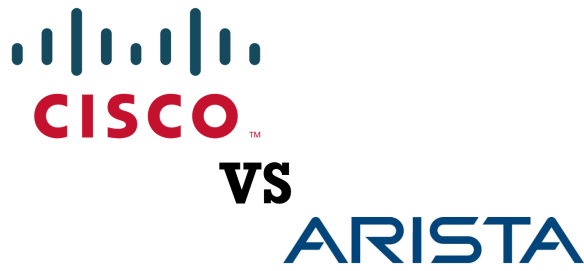0
Passwords stolen from Mail.Ru were old, the company says
The 25 million account passwords stolen from Mail.Ru in a recently discovered hack were old and invalid, the Russian internet company said Wednesday.“The security of our users wasn’t compromised in any way,” a Mail.Ru spokeswoman said in an interview.The hack targeted forums for game projects that the company has acquired over the years. These include subdomains at cfire.mail.ru, parapa.mail.ru and tanks.mail.ru. Hackers stole passwords of users who participated in the forums.However, the company said the stolen passwords were legacy data. None of them were related to current email accounts or other Mail.Ru services.To read this article in full or to leave a comment, please click here


 High availability is highly desirable.
High availability is highly desirable.